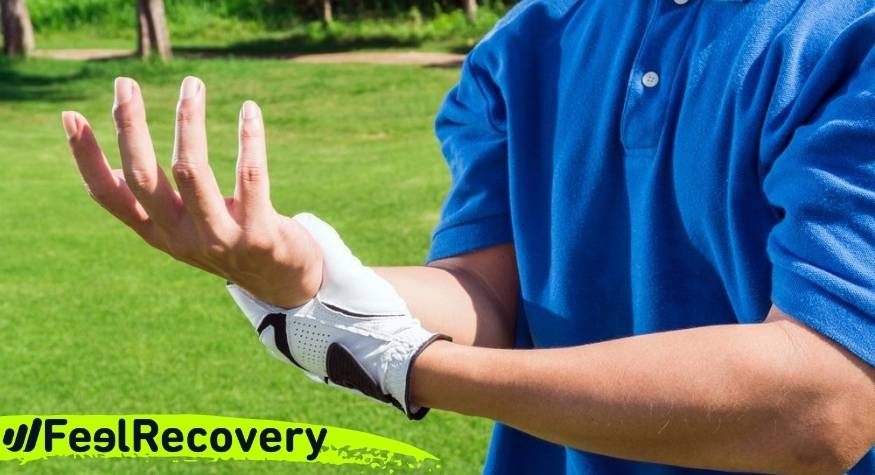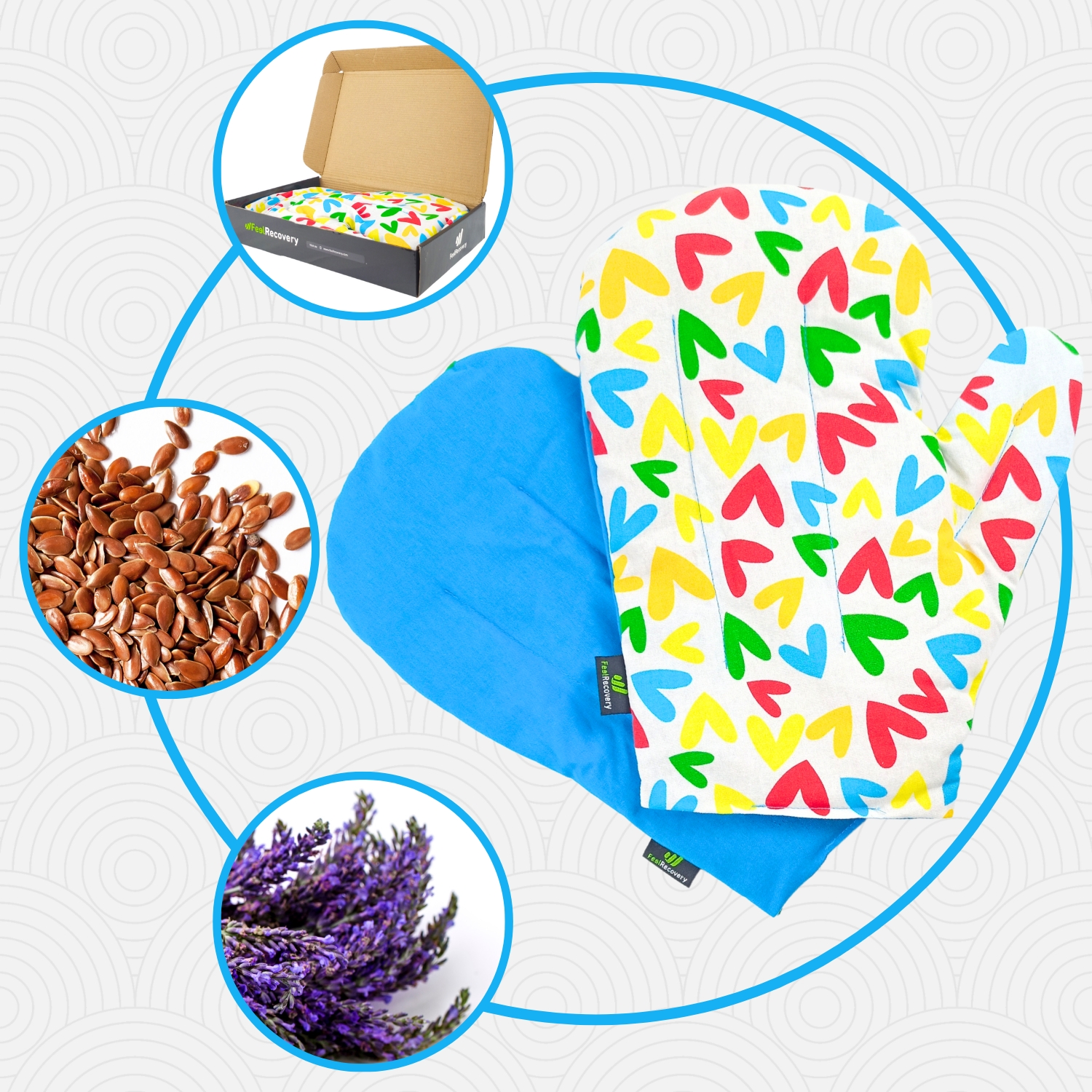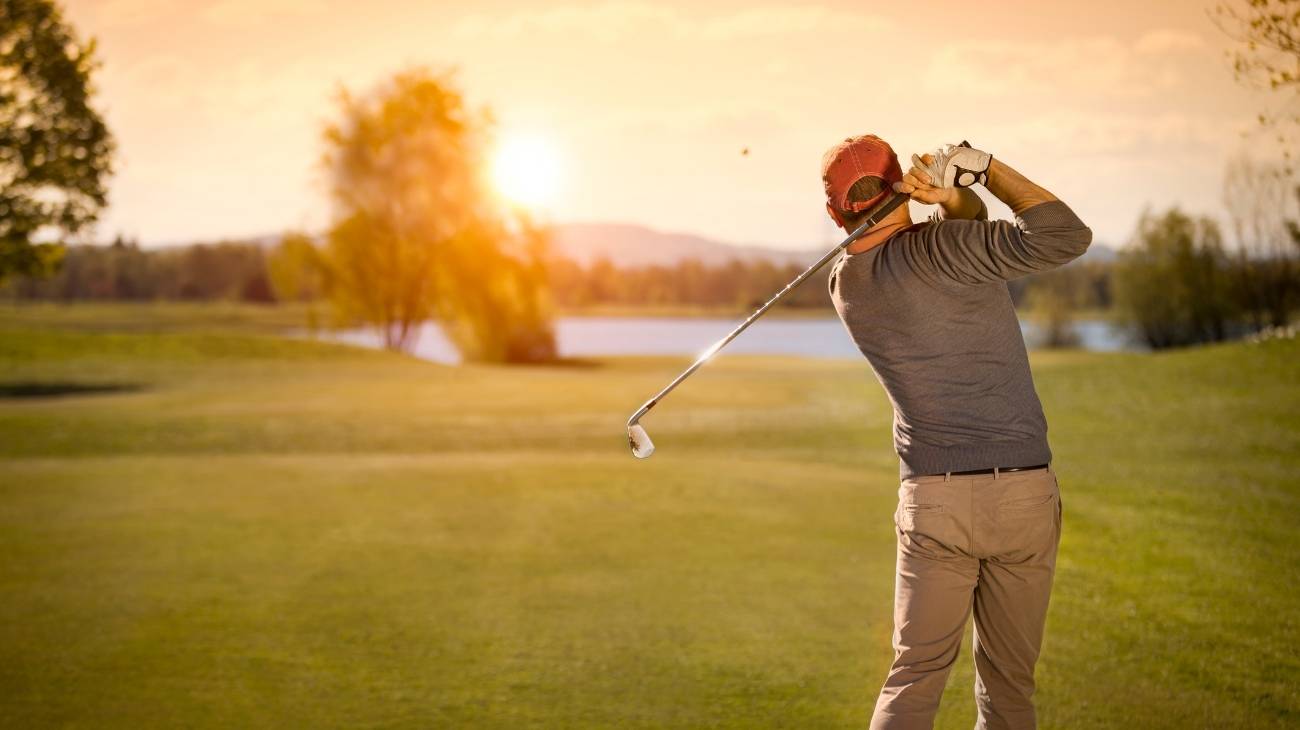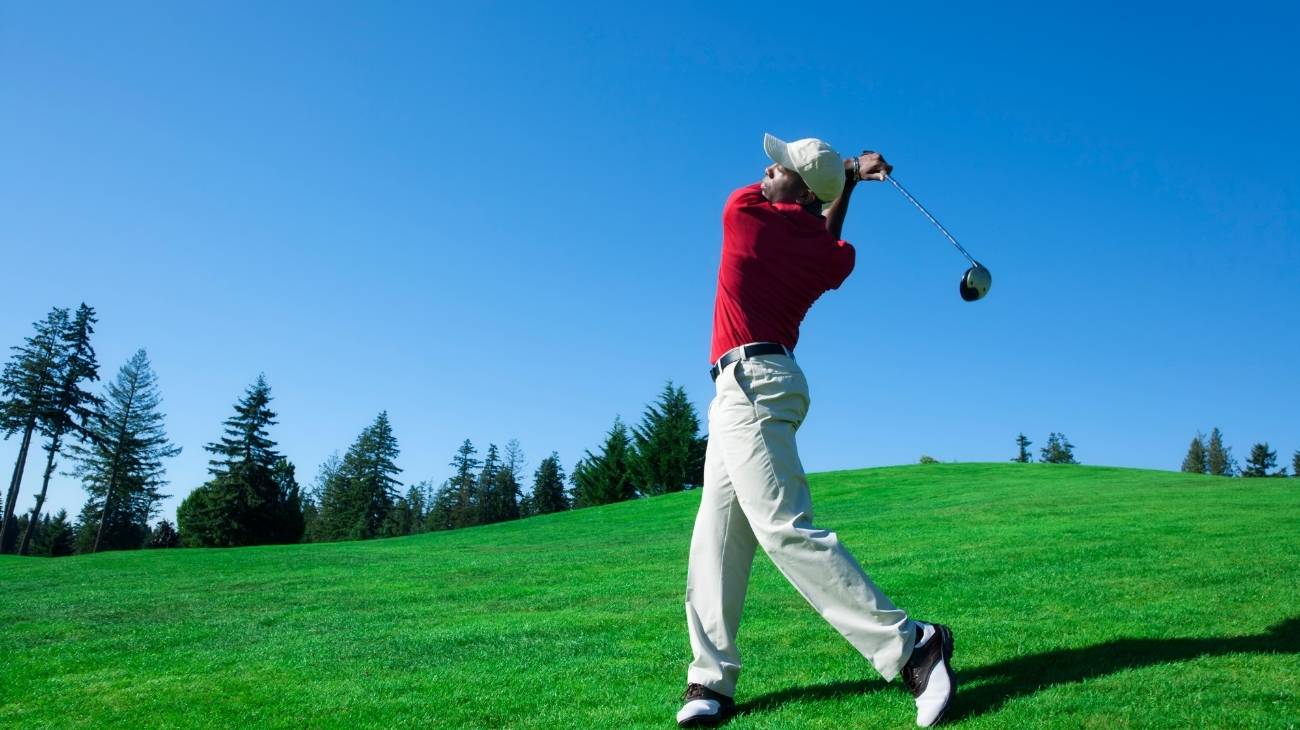In golf, a good swing is everything, and if you don't have a proper grip, you'll never hit the ball with the power and accuracy you're looking for. Both hands require a specific way of gripping the club and this poses a risk of injury.
In this article, we will explain what the most common hand and wrist injuries are when playing golf and how to apply first aid using the PRICE therapy, which is ideal for minor ailments.
What are the most common types of hand and wrist injuries when playing golf?
The whole body needs to be flexible and elastic, but every golfer needs strong hands for successful energy transfer to the clubhead. Check out this list of the most common hand and wrist injuries in golf- it's important to know about them and how they originate.
Repetitive microtrauma
These are cracks in the skin that generate painful infections in the palm of the hand and fingers, as they are fragile parts of the body, susceptible to pressure and twisting.
What you first notice is an inflammation of the hand, then a slight pain until the infection progresses and the intensity of the pain increases. A very tight grip, plus the force of the swing, will cause significant wear and tear on the skin of the hands and wrist.
Tendon pain
Although there is no tendon rupture, there are microscopic cracks that cause discomfort when moving and closing the hands. A fatal consequence for golfers is a loss of feeling and strength when gripping the club with both hands. Without a good grip, there will never be a powerful swing for long drives.
In addition, twinges, pain in the phalanges when closing the hand and swelling are felt if the initial symptoms are not addressed immediately.
Carpal tunnel syndrome
Carpal tunnel syndrome is inflammation of the median nerve at the wrist and is caused by repetitive movements and the precise positions that both hands must have on the club. This disease begins in phases, in the initial phase you feel a strange tingling in the palm of the hand and the inside of the wrist. Then you notice that it affects your ball striking, and finally it interferes with your daily life.
Sooner or later you will have to have surgery as it is a degenerative injury, although physiotherapy can help to reduce the pain.
Ganglion cyst
These are lumps that appear in the joints of the phalanges and wrist. It is also due to the constant movement of the hand in the swing, as it is a mechanical and intense movement.
Inside these bumps there is a liquid, this is not cancerous, but drainage is required to relieve the pain and continue playing. Specialists recently linked these cysts to the initial stage of arthritis, so it is recommended to start seeking guidance on this injury.
Osteoarthritis
This begins with the wearing away of cartilage and tissues in the wrist joint. It is common in golf due to the force that the hands constantly apply over 18 holes.
How many times does a golfer have to practice before mastering a swing? All this overuse of the hands takes its toll on the joints until osteoarthritis sets in.
Wrist sprain
This is also known as having an "open wrist". It is a simple sprain that damages the ligaments surrounding the joint. Swelling is the first sign to look out for.
Overexertion and repetition stress every part of the body, especially the hands, which are among the weakest, as well as the phalanges of the fingers. A sprain has three degrees, the most common being a first degree sprain, which does not require immobilisation with splints or surgery.
Finger sprains
As the range of motion of the fingers is quite small, slight extension of the fingers will result in a sprain and possible strain. In both cases there will be pain and swelling, but in sprains you should not manipulate the affected fingers. Only a specialist will tell you whether you need rest only or a manual examination.
The fingers suffer more when the club has already hit the ball, in the final phase when the arms are raised and excessive tension is produced, which presses the fingers until they are twisted.
Best products for golf hand and wrist injury recovery
Bestseller
-
2 Mittens: Microwave Arthritis Gloves (Hearts)
£24,95 -
2 Mittens: Microwave Arthritis Gloves (Oxford)
£24,95 -
Foot Massage Roller for Plantar Fasciitis (Black)
£20,95 -
Foot Massage Roller for Plantar Fasciitis (Green)
£20,95 -
Foot Massage Roller for Plantar Fasciitis (Pink)
£20,95 -
Microwaveable Wheat Bag for Pain Relief (Hearts)
£20,95 -
Microwaveable Wheat Bag for Pain Relief (Oxford)
£20,95 -
Microwaveable Wheat Bag for Pain Relief (Sport)
£20,95
How to apply the RICE therapy to treat hand and wrist injuries in golfers?
You must understand that the PRICE therapy should only be used for tissue injuries such as tendons, ligaments and muscles. If you feel there is a fracture, you should not use it. In the 1970s the RICE therapy, as it is better known around the world, began to be used, although it is now called PRICE because of an update.
- Protection: Find a way to be comfortable, whether lying down or sitting. What is required is to prevent unexpected movements from causing further damage to the injured hand. If you can, use a classic bandage for added protection.
- Rest: You should try to avoid moderate to strong movements that will do more damage to the injury. After 72 hours you can do gentle exercise if recommended by your sports specialist.
- Ice: An ice pack is enough in the first few minutes to attack the pain, oedema and inflammation that will surely appear in the hand or wrist. The cold has an analgesic effect that will help a lot.
- Compression: Compression should be moderate and cover the wrist joint, with this step we seek to reduce blood flow in the hand and relieve swelling. If you feel tingling, you should loosen the bandage. If you use a wrist bandage, this is better.
- Elevation: Raise your hand above the level of your heart. To do this, you should lie down and place your arm on a cushion, so that it is more comfortable for you. The effect of gravity will help the ice and compression to do their part and counteract the effects of inflammation.
References
- Murray, P. M., & Cooney, W. P. (1996). Golf-induced injuries of the wrist. Clinics in sports medicine, 15(1), 85-109. https://www.sciencedirect.com/science/article/abs/pii/S0278591920301605
- Ek, E. T., Suh, N., & Weiland, A. J. (2013). Hand and wrist injuries in golf. Journal of Hand Surgery, 38(10), 2029-2033. https://www.jhandsurg.org/article/S0363-5023(13)00949-0/fulltext
- Rettig, A. C. (1998). Epidemiology of hand and wrist injuries in sports. Clinics in sports medicine, 17(3), 401-406. https://www.sciencedirect.com/science/article/abs/pii/S0278591905700922
- Hayton, M., Ng, C. Y., Funk, L., Watts, A., & Walton, M. (Eds.). (2019). Sports injuries of the hand and wrist. Springer International Publishing. https://link.springer.com/book/10.1007/978-3-030-02134-4
- Fufa, D. T., & Goldfarb, C. A. (2013). Sports injuries of the wrist. Current reviews in musculoskeletal medicine, 6, 35-40. https://link.springer.com/article/10.1007/s12178-012-9145-8
- Parziale, J. R., & Mallon, W. J. (2006). Golf injuries and rehabilitation. Physical Medicine and Rehabilitation Clinics, 17(3), 589-607. https://www.pmr.theclinics.com/article/S1047-9651(06)00028-3/fulltext
- Brandon, B., & Pearce, P. Z. (2009). Training to prevent golf injury. Current sports medicine reports, 8(3), 142-146. https://journals.lww.com/acsm-csmr/Fulltext/2009/05000/Training_to_Prevent_Golf_Injury.00011.aspx
- Fradkin, A. J., Cameron, P. A., & Gabbe, B. J. (2006). Opportunities for prevention of golfing injuries. International journal of injury control and safety promotion, 13(1), 46-48. https://www.tandfonline.com/doi/abs/10.1080/17457300500167693
- Metz, J. P. (1999). Managing golf injuries: technique and equipment changes that aid treatment. The Physician and Sportsmedicine, 27(7), 41-56. https://www.tandfonline.com/doi/abs/10.3810/psm.1999.07.917
- Lehman, G. J. (2006). Resistance training for performance and injury prevention in golf. The Journal of the Canadian Chiropractic Association, 50(1), 27. https://www.ncbi.nlm.nih.gov/pmc/articles/PMC1839980/




























